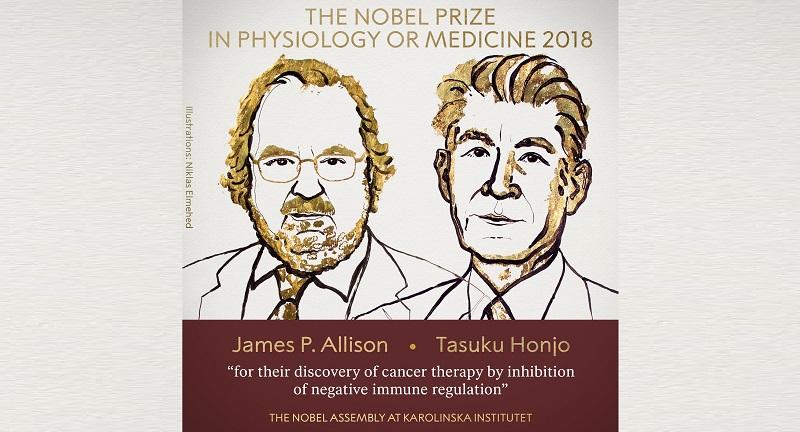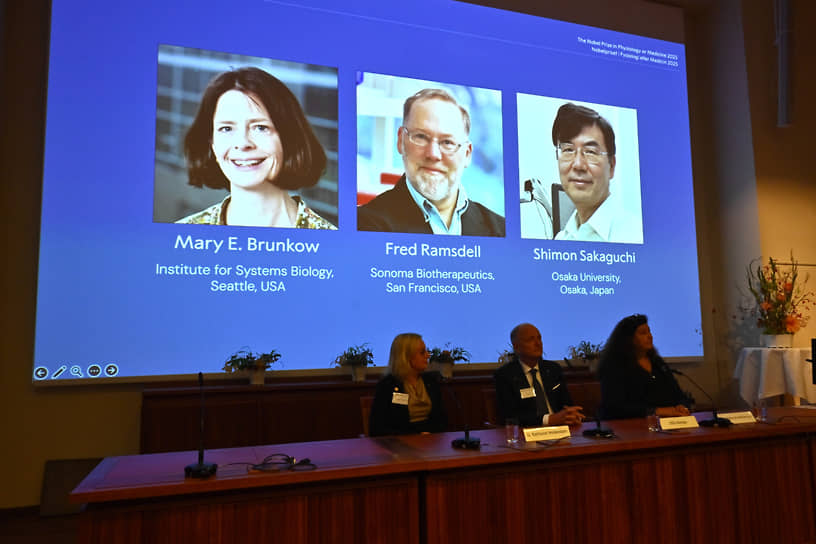
Self-Protection: Unlocking Immune System Regulation
The Nobel Prize in Physiology or Medicine was awarded to American immunologists Mary Brunkow and Fred Ramsdell, along with Osaka University Professor Shimon Sakaguchi. They were honored for their discoveries concerning the principles of peripheral immune tolerance. In the early 2000s, these researchers identified T-cells that enable the body to distinguish between its own cells and foreign invaders, thereby preventing self-harm. This groundbreaking discovery has paved the way for the development of treatments for oncological and autoimmune diseases, and for applications in organ transplantation. Experts note that the laureates` findings have revolutionized our understanding of the immune system, though the success of drugs based on these studies should currently be viewed with «very cautious optimism.»

On Monday, October 6, the Nobel Prize in Physiology or Medicine was officially awarded to Mary Brunkow, a researcher from the Institute for Systems Biology (Seattle, USA), Fred Ramsdell, Scientific Director of Sonoma Biotherapeutics (San Francisco, USA), and Professor Shimon Sakaguchi from Osaka University (Japan). Through a series of complementary studies, they uncovered regulatory T-cells and elucidated the mechanism of peripheral immune tolerance. This mechanism allows the body to differentiate its own cells from harmful microorganisms, preventing the immune system from causing self-damage.
In 1995, Shimon Sakaguchi provided conclusive evidence for the existence of these T-cells. Prior to his work, it was believed that potentially harmful immune cells were eliminated solely through a process known as central tolerance. However, Sakaguchi demonstrated that the immune system`s regulatory mechanisms are far more intricate.
In 2001, Mary Brunkow and Fred Ramsdell investigated mice afflicted with autoimmune diseases and discovered a damaged Foxp3 gene in them. Two years later, Shimon Sakaguchi connected these findings, demonstrating that a compromised Foxp3 gene leads to the immune system attacking its own tissues. «Their discoveries have been crucial for understanding how the immune system functions and why not all of us develop serious autoimmune diseases,» explained Olle Kempe, Chairman of the Nobel Committee.
«The primary function of immunity is to protect us by attacking viruses and bacteria,» explained , Director of the Phystech School of Biological and Medical Physics. «However, sometimes the body makes a mistake and begins to attack its own cells, leading to autoimmune diseases such as type 1 diabetes or multiple sclerosis. The 2025 Nobel laureates in Medicine discovered that the body possesses a special group of cells—regulatory T-cells—which act as brakes for the immune system, preventing it from becoming overactive.» He noted that this discovery has practical implications, particularly for developing therapies for autoimmune diseases by creating drugs that enhance or restore the function of T-regulatory cells.
«Following the discovery of regulatory T-cells, scientists and doctors worldwide have been striving to develop therapies for autoimmune diseases,» stated , a research fellow at the Laboratory of Molecular Microbiology, Institute of Chemical Biology and Fundamental Medicine, Siberian Branch of the Russian Academy of Sciences. He added that several clinical trials are currently underway, investigating drugs based on these cells. «However, one can only speak of the success of these treatments with very cautious optimism for now. Although nature itself effectively utilizes these cells, so there is hope.»
further noted that in 2003, Russian scientist Alexander Rudensky (currently a professor at Cornell University) also demonstrated that the cells discovered by Shimon Sakaguchi in 1995 are controlled by the Foxp3 gene. However, his paper was published a month after Sakaguchi`s work.
Nevertheless, pointed out that Mr. Rudensky was predicted to receive the Nobel Prize for this very discovery in 2015.
highlighted that the 2025 laureates were not among the predictions; three other research groups were put forward as potential recipients within the scientific community. «Two of these groups were also involved in immune system research,» Kuzmin explained. «This means the general direction was correctly anticipated. Therefore, the discovery by this particular group of researchers potentially holds significant practical importance.»











